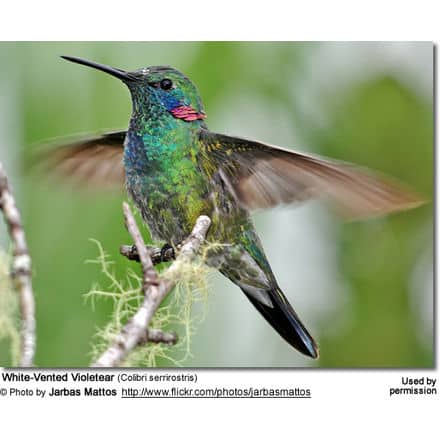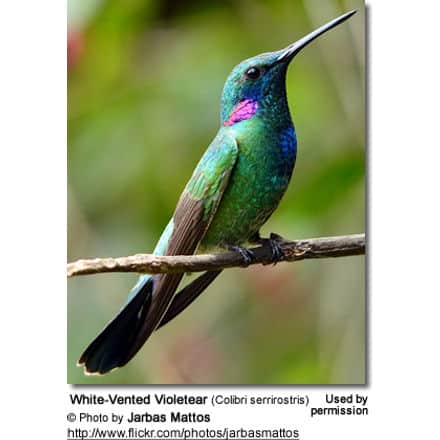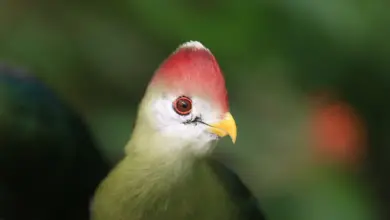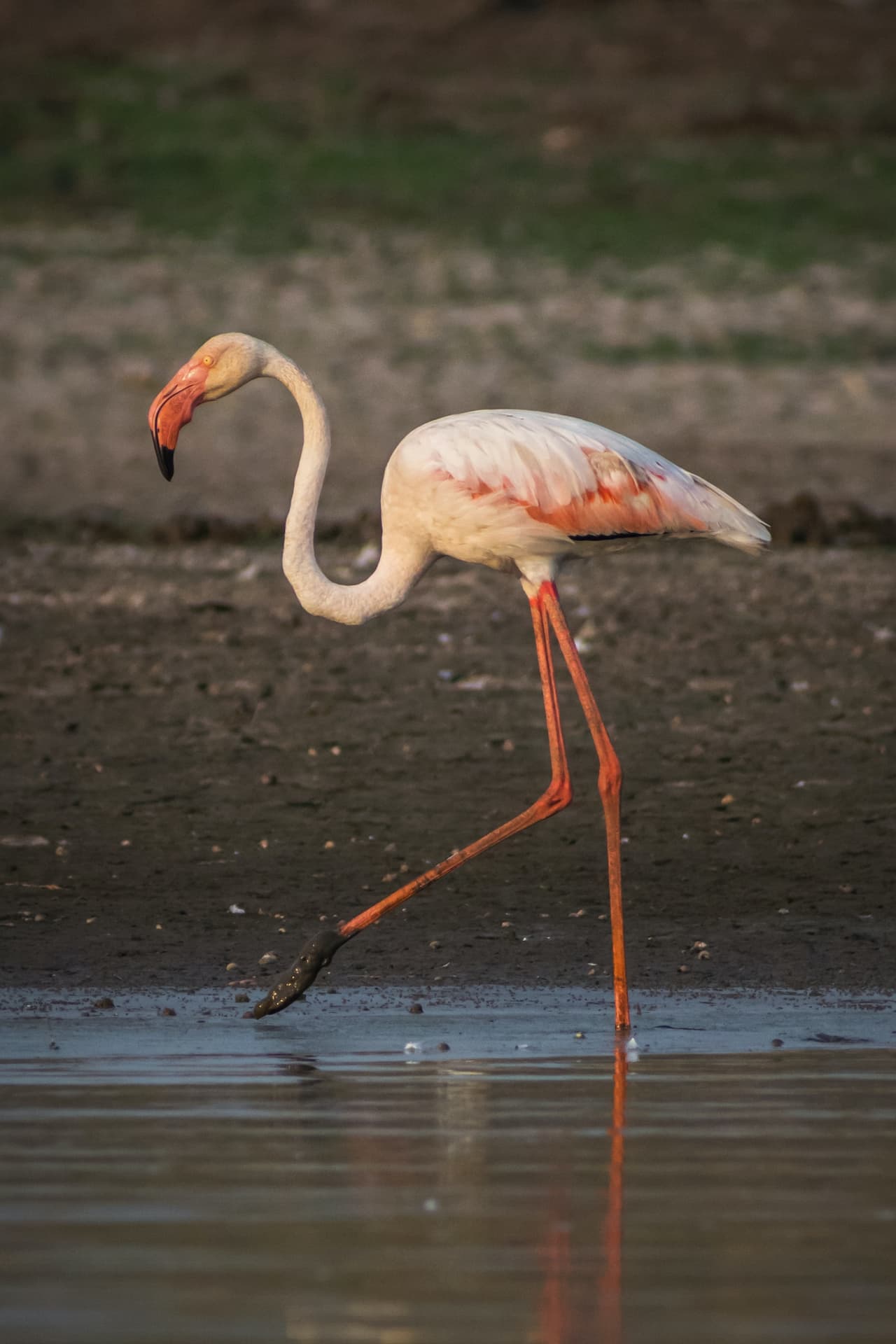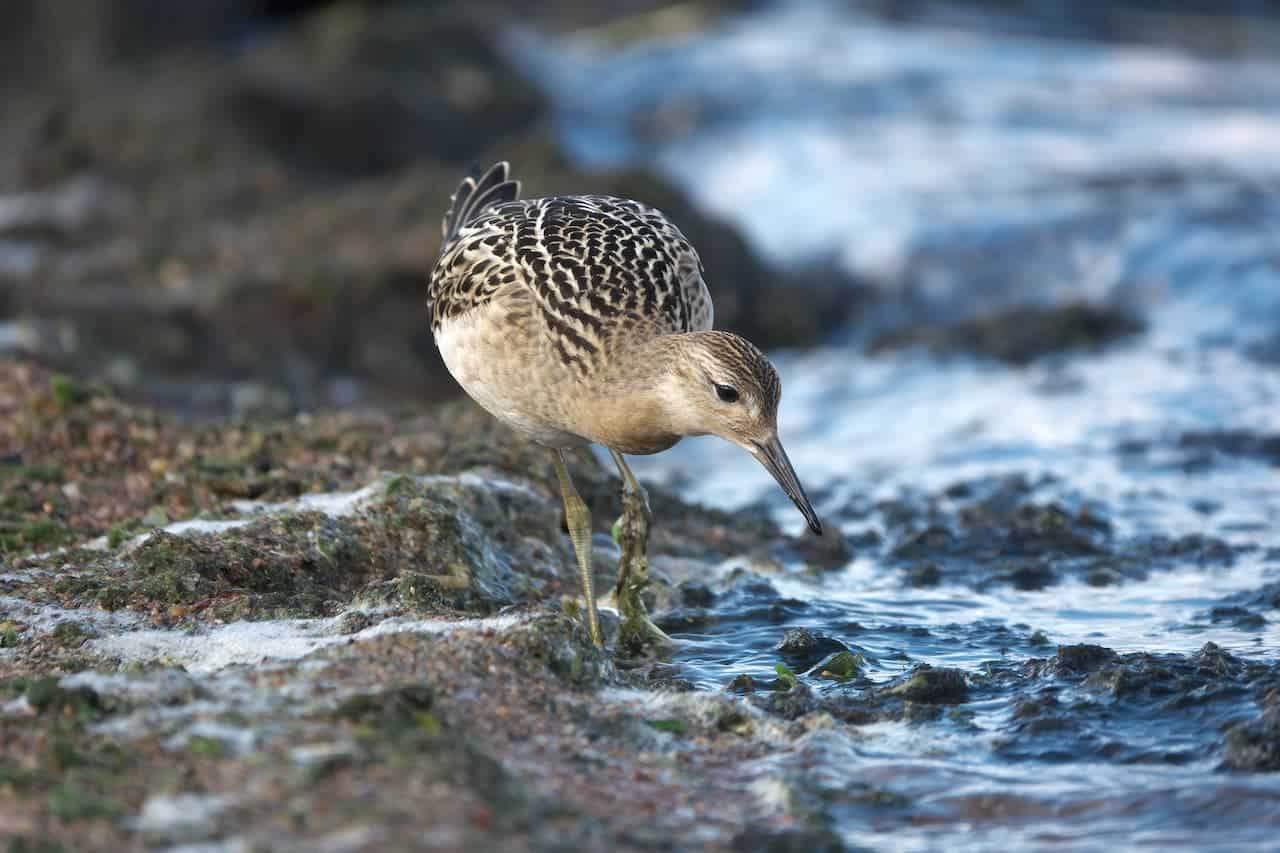White-Vented Violetears
White-Vented Violetears
Hummingbird Information
The White-Vented Violetears (Colibri serrirostris) are also known as Brazilian Violet-ears or Singing Hummingbirds – named for the fact that they are heard singing throughout the day.
Its scientific name is derived from the Spanish name for hummingbird “colibri” and “serri rostris” – translated “saw bill” – referring to the minute serrations on the upper bill.
Global Names
Chinese: ?????? … Czech: kolib?ík ametystouchý … Dutch: Witbuikvioletoorkolibrie … German: Amethystohrkolibri … Danish: Brasiliansk Violetøre … Finnish: valko-orvokkikolibri … French: Colibri à ventre blanc … Italian: Colibrì orecchieviola codabianca … Japanese: shiroharahachidori … Norwegian: Hvitgumpkolibri … Polish: uszatek zielonobrzuchy … Portuguese: Beija-flor-de-canto…Slovak: jagavicka savanová … Spanish: Colibrí Orejimorado … Swedish: Vitgumpskolibri
Distribution / Range
These South American hummingbirds are found in central and south Brazil (from Mato Grosso, Goiás, Bahia and Espírito Santo) west in Bolivia south to central Paraguay and northern Argentina south to Córdoba.
This species is common throughout its range.
They inhabit subtropical or tropical dry forests, semi-open scrub and savanna, and heavily degraded former forest.
Description
The White-vented Violetears has a glossy green upper plumage and a yellow-green under plumage with blue shimmer. The vent is white.
There is aviolet-blue region from the eye down to and around the sides of the neck, often looking like a collar. The dark bill is long and slightly down curved.
Nesting / Breeding
Hummingbirds are solitary in all aspects of life other than breeding; and the male’s only involvement in the reproductive process is the actual mating with the female. They neither live nor migrate in flocks; and there is no pair bond for this species. Males court females by flying in a u-shaped pattern in front of them. He will separate from the female immediately after copulation. One male may mate with several females. In all likelihood, the female will also mate with several males. The males do not participate in choosing the nest location, building the nest or raising the chicks.
The female is responsible for building a small cup-shaped nest out of green moss and line it with other soft plant fibers, and strengthen the structure with spider webbing. The nest is typically found on a twig 1-3 m high in bush.
The average clutch consists of two white eggs, which she incubates alone, while the male defends his territory and the flowers he feeds on. The young are born blind, immobile and without any down.
The female alone protects and feeds the chicks with regurgitated food (mostly partially-digested insects since nectar is an insufficient source of protein for the growing chicks). The female pushes the food down the chicks’ throats with her long bill directly into their stomachs.
As is the case with other hummingbird species, the chicks are brooded only the first week or two, and left alone even on cooler nights after about 12 days – probably due to the small nest size. The chicks leave the nest when they are about 20 days old.
Diet / Feeding
The White-vented Violetears primarily feed on nectar taken from a variety of brightly colored, scented small flowers of trees, herbs, shrubs and epiphytes. They favor flowers with the highest sugar content (often red-colored and tubular-shaped) and seek out, and aggressively protect, those areas containing flowers with high energy nectar.They use their long, extendible, straw-like tongues to retrieve the nectar while hovering with their tails cocked upward as they are licking at the nectar up to 13 times per second. Sometimes they may be seen hanging on the flower while feeding.
Many native and cultivated plants on whose flowers these birds feed heavily rely on them for pollination. The mostly tubular-shaped flowers actually exclude most bees and butterflies from feeding on them and, subsequently, from pollinating the plants.
They may also visit local hummingbird feeders for some sugar water, or drink out of bird baths or water fountains where they will either hover and sip water as it runs over the edge; or they will perch on the edge and drink – like all the other birds; however, they only remain still for a short moment.
They also take some small spiders and insects – important sources of protein particularly needed during the breeding season to ensure the proper development of their young. Insects are often caught in flight (hawking); snatched off leaves or branches, or are taken from spider webs. A nesting female can capture up to 2,000 insects a day.
Males establish feeding territories, where they aggressively chase away other males as well as large insects – such as bumblebees and hawk moths – that want to feed in their territory. They use aerial flights and intimidating displays to defend their territories.
Metabolism and Survival and Flight Adaptions – Amazing Facts
Song / Vocalizations
Its song consists of a vigorous repetition of the chit call usually song by several dozen breeding males in loose leks (= gathering of males for the purposes of competitive mating displays).
Species Research by Sibylle Johnson
Please Note: The articles or images on this page are the sole property of the authors or photographers. Please contact them directly with respect to any copyright or licensing questions. Thank you.

